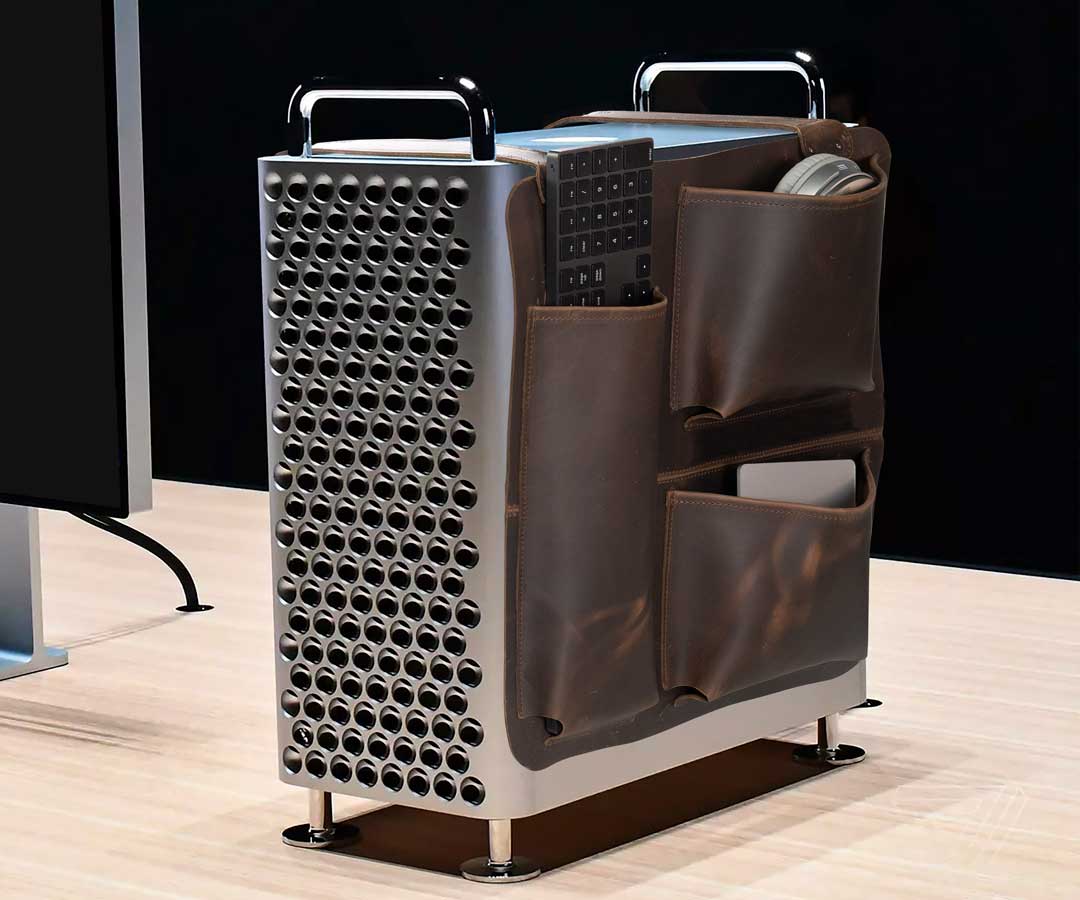I would think macbook air and macbook could get away with the same SOC as ipad pro. Then for the macbook pro, imac etc they will need a bigger one. The real issue it the mac pro which will yet need an ever better one just for mac pro. I can't see how that makes any economical sense or I greatly underestimate mac pro sales?
Nah.
I'm thinking that the MacBooks/MacBook Airs could actually just run A14, the same SoC as the iPhone. Yes seriously.
I expect A14 to be roughly 15-20% faster than A13. If you're OK with Geekbenching, that would mean a Geekbench 5 score of about 4000, which actually puts it around the Geekbench performance of a 2018 MacBook Pro Core i7-8559U. I don't know how the memory support, etc. and differences in macOS vs iOS factor into this, but nonetheless even if a significant slowdown from these factors is considered, this type of performance is more than sufficient for a MacBook/MacBook Air. Note that this is with iPhone clock speeds. If Apple decides to go back to fanless MacBooks, then the iPhone SoC would work well. However, if they stick with the fan in the MacBook Air, they could even increase the clock speed a bit vs. the iPhones.
Similarly, for the MacBook Pro, A14X will be sufficient, up to at least the mid tier. The CPU Geekbench 5 speed will be probably in the 5500 ballpark. Also, the GPU of even the 2 year-old A12X is already faster than most Intel GPUs.
I'm not sure what Arm chip they had for the demos, but it has been said that the Rosetta'd Tomb Raider looked like it was running at 1080p with mid-quality settings and sustained 30 fps. In contrast, with these settings, Intel UHD G1 can't get into the double digits for fps.
Yes, for top end 16 MacBook Pros and for top end iMacs, they will need something more, but overall, I suspect most MacBook Pros and iMacs would actually be running the same (class of) chips as the iPad Pros. I find it rather telling that the Mac mini dev kit is just an A12Z, which is effectively 2 year-old technology, and they mated 16 GB to it just fine too.
As for Thunderbolt, I wouldn't be completely surprised if A14 & A14X have USB 4 support built-in, with Thunderbolt 3 support. That might be a bit optimistic though. It'd be less surprising if USB 4 doesn't show up until A15X in 2021/2022. That doesn't stop Apple from using an outboard Thunderbolt chipset in 2020 though.
As for the Mac Pro, that is a boutique Mac. Apple can afford to create a boutique chip for their boutique Mac, and still save money vs. what they pay to Intel for those Xeons.



